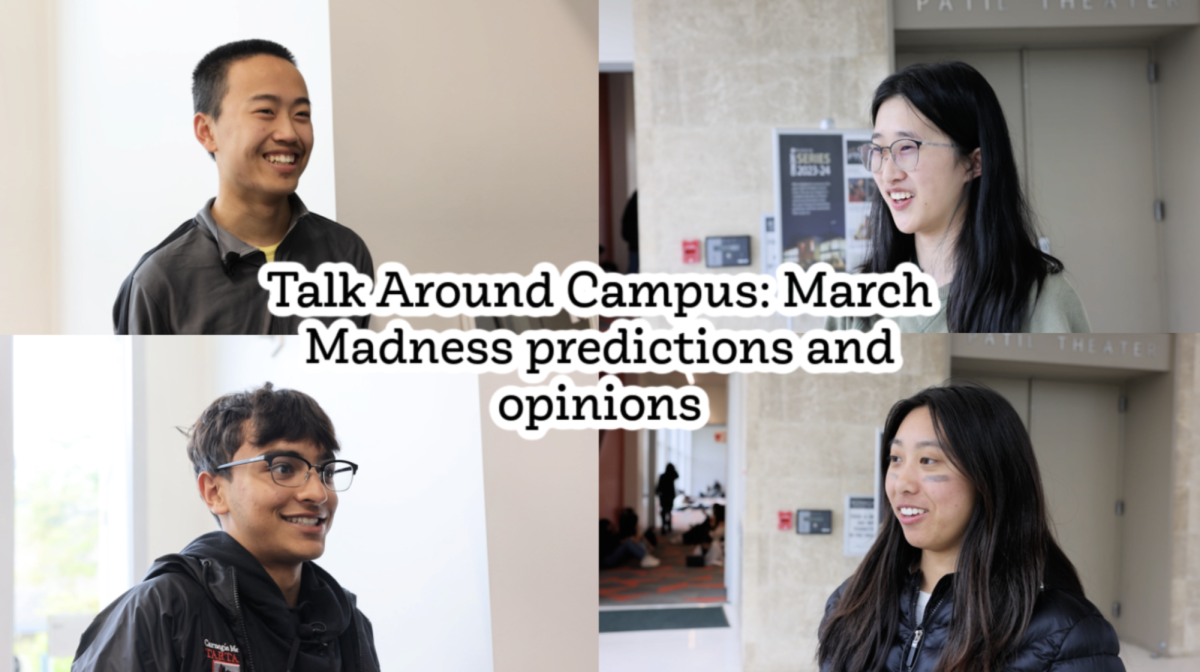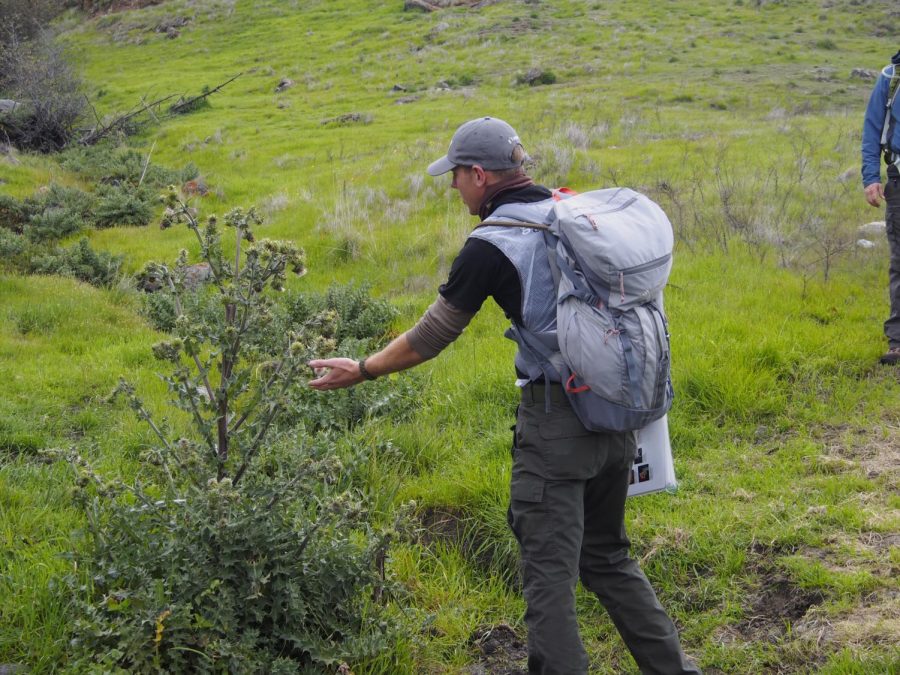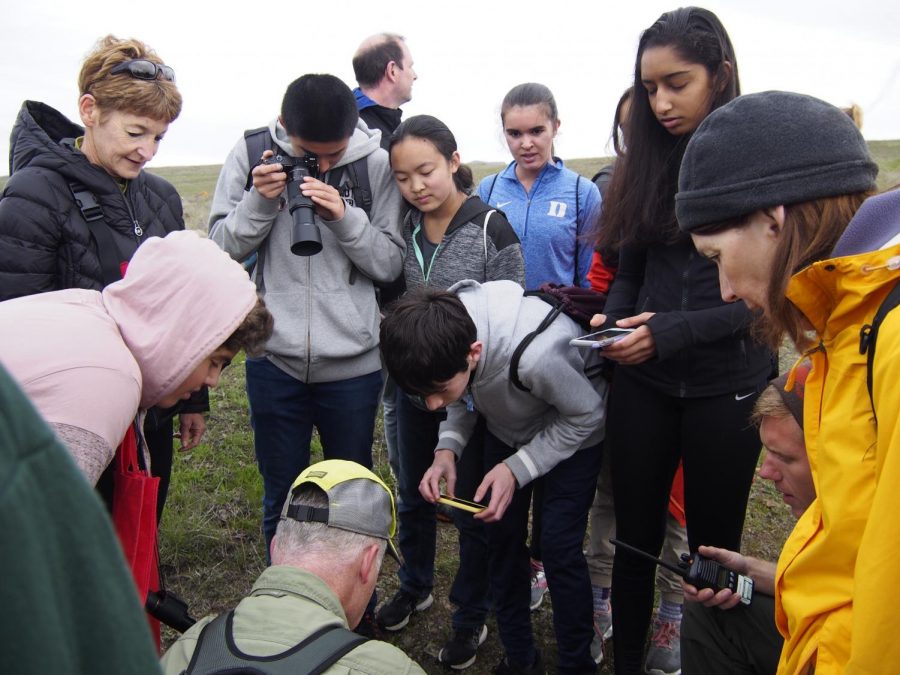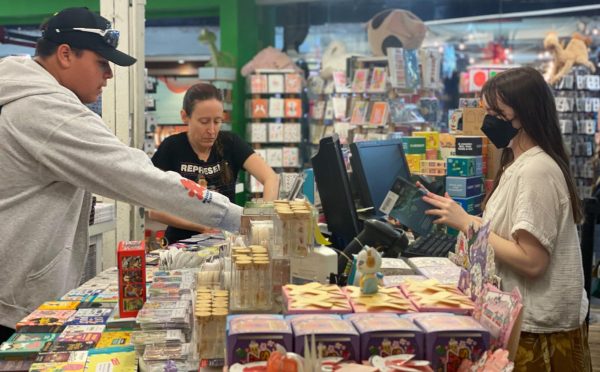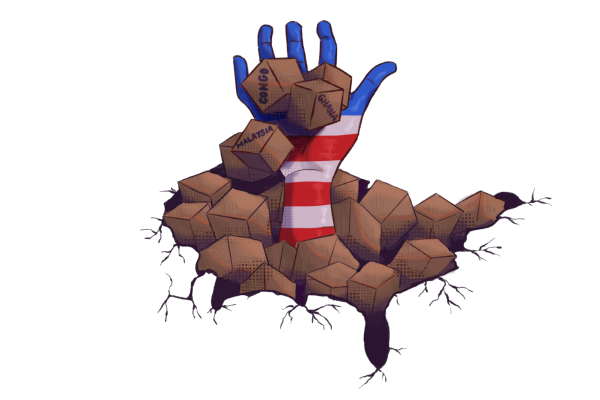Harker community returns to Coyote Valley Open Space Preserve
Yellow goldfields bloom on the trail as the group continues hiking. This species is also known as Lasthenia californica, but much of the Lasthenia genus itself is native to California and is important to the ecosystems of coastal regions.
Twenty-five students and staff hiked an exclusive trail at the Coyote Valley Open Space Preserve on March 10.
The Santa Clara Open Space Authority invited the freshmen to return to the preserve for their service earlier this year. The invitation was extended to other members of the Harker community afterwards.

Natasha Yen (9) beckons to Meha Goyal (9) as she begins the hike. Natasha and Meha are among the freshmen who did community service this fall for the Coyote Valley Open Space Preserve.
On the way to the trail, the bus passed train tracks, grassy patches and a highway bordered by a mix of evergreen, palm and blossoming cherry trees. Upon arrival, the group spread around the parking space, where two Open Space Authority docents, who introduced themselves as David and Richard, waited. Clad in warm layers, the group talked and took pictures of their surroundings while they waited for the hike to begin. A thick cover of clouds hovered like a blanket over the small gathering, and there were no insects in the moist air. It was nearly quiet but for the chatter of students and staff.
David and Richard beckoned them to look for the Santa Clara Valley dudleya, an endangered species of succulent, that grew nearby. The students and staff found the succulent quickly, crowding around the small, red-green plant to document it. The docents explained that the succulent thrives in the area due to serpentine soil, which nurtures native flora and helps curb the number of invasive plants.
When the rest of the group joined them, they congregated in a lopsided circle on a nearby field as David and Richard discussed the preserve and passed around an antler from one of the Tule elk that inhabits the preserve. Richard showed the group a whistle of sorts that mimicked the noise that the elk make during mating season to attract their mates, and demonstrated the sound.
The docents went on to assure the group that the hike would not be too steep, holding up a diagram of the abrupt incline on another trail. Afterwards, the attendees were asked to tell the group their name and their favorite animal before they began the steep ascent along the rough, rocky road.
An emerald green pasture coated the hills around them, dotted with “early bloomers” such as yellow goldfields, muilla. As the walk took place early during the season for wildflower growth, the lush grass and dramatic valleys dominated the scene. By the road, a few pristinely white bones, presumably from cattle, littered the ground. The soil crunched beneath the hikers’ feet as they climbed upwards, pausing occasionally to rest.
Eventually, the group stopped at a narrow rivulet that trickled down a nearby hill and into a small, green pond surrounded by tall, lime-green grass. It was covered with Mt. Hamilton thistles, which, according to David, the group was lucky to see bloom. Their off-white flowers were surrounded by a latticework of calyxes.
Then, Richard turned towards the pond and brought up the red-legged frog egg masses, whose presence had been confirmed the weekend before the hike. The species, more formally known as the California red-legged frog, is endemic to California and is federally protected, listed as “threatened” by the International Union for Conservation of Nature (IUCN). The group did not see any of the egg masses in the small stream near the pond, but they did find what looked like some adult red-legged frogs. Before continuing on their way, the group chased the frogs with cameras, trying to take a picture of the small, quick species.

Richard clenches his fists in frustration at losing his grasp on one of the frogs in the stream while Mandarin teacher Shan Jahshan gasps in awe at the frog’s speed. The group spent much time trying to take pictures and even hold the frogs.
They hiked onwards alongside a wide, jagged fissure around two and a half feet deep in the trail, snaking up the hill like a river of rocks. Small weeds and flowers grew between the striped sedimentary rocks of various shapes, sizes and colors. From this vantage point, the valley below could be seen, a mishmash of industrial facilities and agricultural fields. Here, the group stopped to catch their breath and admire the view. Once more, Richard and David enlightened the group on object of the preserve students and staff, who listened intently.
Richard spoke about the importance of conserving the preserve in the face of corporate expansion.
“We’ve fought off a lot of corporations that want to build here and we will continue to do so,” he said. “I’ll sleep in a tree if I have to.”
The docents also discussed the scene, pointing out the large mountain.
My real hope for the students here, especially because so many of the students at Harker come from different areas, [is] that they’re going to learn to have an appreciation for our open spaces in the Bay Area and become advocates for its protection.
“While we look across we see Mount Umunhum,” Richard said. “In Native American, Mount Umunhum means ‘resting place of the hummingbird.’They would climb up there and pray because they thought it would bring them closer to the gods.”
Richard provided further background on the peoples who populated Mount Umunhum.
“There were 51 tribes between San Francisco Bay and Monterey Bay, and they put ‘em all together and called them the Ohlone,” he said.
He also pointed out Loma Prieta, the fault line that caused 5.6 to 6 billion dollars of damage in 1989.
David warned the group that they were about to enter the region of the trail that sustained the most endangered species, urging them to be careful. Richard then handed out buttons with pictures of the checkerspot butterfly, an endangered species endemic to the Bay Area.
Later, history teacher Byron Stevens found a checkerspot butterfly, albeit not a living one. The group crowded around him as he knelt on the ground, the butterfly on his outstretched hand.
Stones with rough edges, bright orange with lichen lay among the flowers, contrasting with the grass along the trail. The clouds continued to loom overhead, but the road remained dry as the group stopped in a luxuriant valley full of bell-shaped blooms. In the distance was a single water tank, entirely reddish-brown with corrosion.
Here, Richard explained, was the part of the preserve designated for fritillaria liliacea, a federally protected species of fritillary. The area was once a buffer zone between UTC’s property, where it tested rocket engines and built missiles during the Cold War, and the public. The land was officially given to the Open Space Authority in 2014.
From there, the group voted on continuing upwards, where another sweeping view awaited, or returning to the buses to avoid arriving at school late. They made the decision to complete the trail.
After clambering further up, the group reconvened and took pictures. Students took pictures of each other to be posted on Snapchat, Instagram and other social media, while the staff and other visitors gazed around. In the distance, cows grazed, moving slowly.
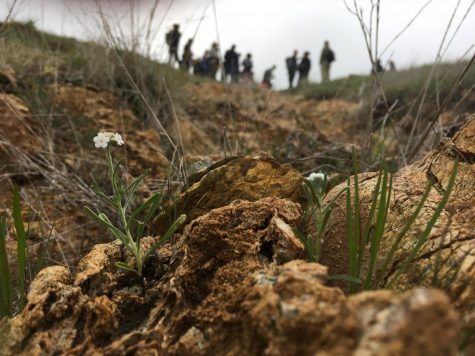
Students and teachers stand at the top of the hill. Much of the Coyote Valley trail was steep and rocky.
On the way back, the attendees walked briskly as per the docents’ instructions, students discussing their academic woes, adults reflecting on the experience, and David walking in the lead, occasionally giving the students advice or talking to the staff.
Around halfway back to the parking lot, David stopped the frontmost group to allow the rest of the hikers to catch up and to point out the unique stones on the ground.
“This stuff is created deeper, under the crust of the Earth and since we’re on a fault line here, the plates will grind together.” He said, “That creates such intense pressure that it it liquifies the rock and melts it with sheer heat,” he said.
Helicopters whirred overhead as he continued.
“That’s where you get this rock, made of serpentine soil. It came from very deep in the Earth and was uplifted about 450 million years ago,” he said.
He elaborated on what makes serpentine rocks and soil different from other kinds of dirt.
“It has a very unique chemical composition that doesn’t have some of the rich deposits of nitrogen and sulfur dioxides that you see elsewhere,” he said.
David passed two pieces of the serpentine stone to the group, encouraging them to look at it up close. The students and staff thoroughly examined the pieces.
They made their way back to the parking lot after the other hikers caught up. Parents who had been brought by their children and other adults who drove to the preserve thanked the docents and left. The remaining visitors waited to be joined by the rest of the group. Finally, the group got on the bus just as it began to rain, water droplets decorating the windows.
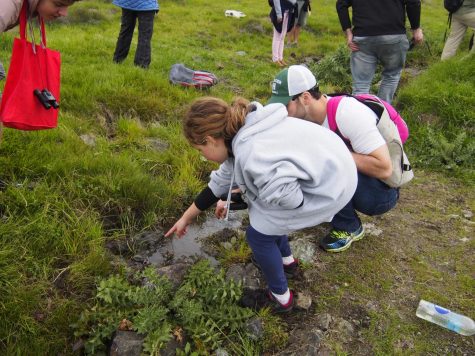
A young Harker student points at one of the frogs while her father attempts to catch another one. Because California red-legged frogs typically have brown, grey, olive, or reddish backs, the group had difficulty spotting them.
The trip proved to be stimulating for the students and staff, a break from the hectic day-to-day at school.
Spanish teacher and Green team advisor Diana Moss played a key role in the organization of the trip. Moss desired that the trip would empower students to become proponents of preservation.
“My real hope for the students here, especially because so many of the students at Harker come from different areas, [is] that they’re going to learn to have an appreciation for our open spaces in the Bay Area and become advocates for its protection,” she said.
Moss also expressed hopes that students would learn to use the open spaces to relax.
“We have such hurried and urban lifestyles that it’s a really rejuvenating experience to be out in nature.” She said, “I see a lot of hurried, stressed-out kids that would really benefit from taking a break from studying and going out and taking a good old hike.”
Asserting that more students should be able to do the same, she recalled her own experience with nature.
“I grew up in this area. I lived outside and ran around in the orchards and forests,” she said. “It was very powerful to be able to have that freedom.”
Sophomore Simren Gupta enjoyed the revitalizing effect of the trip.
“I think this hike was really eye-opening,” she said. “It helped me realize our effect on the environment and how refreshing small things, such as taking a deep breath of fresh air or just observing the wildlife, can be.”
Timothy Chang (11) took pictures with a Canon 6D with 51.4 MP.
“It was a really nice place for landscape photography. Also, there was some stuff I’ve never seen before,” he said.
The last open date for Coyote Valley Open Space Preserve wildflower hikes is this Saturday.

Irina Malyugina (11) is the photo editor of Harker Aquila and the Winged Post. This is her third year on staff. She has a passion for visual storytelling...































![Setter Emma Lee (9) sets the ball to the middle during the match against Pinewood on Sept. 12. “[I’m looking forward to] getting more skilled, learning more about my position and also becoming better friends with all of my teammates, Emma said.](https://harkeraquila.com/wp-content/uploads/2023/09/DSC_4917-2-1200x795.jpg)













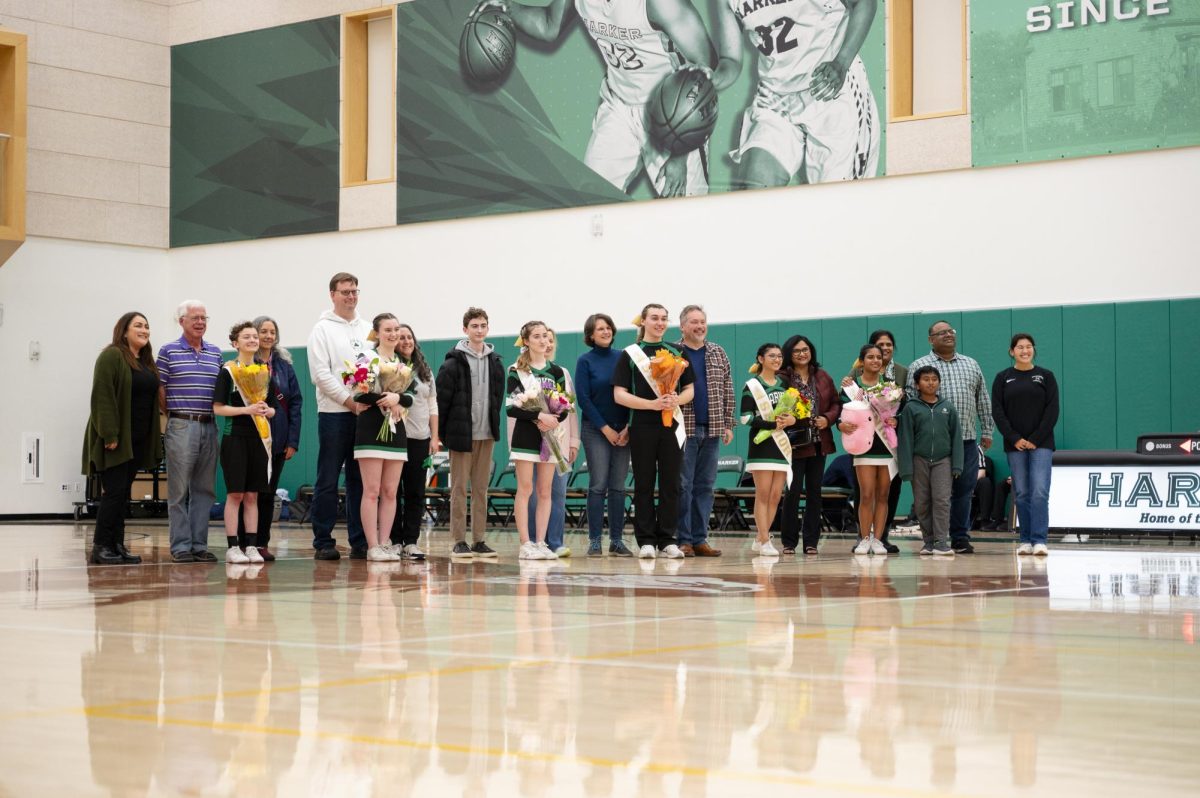




















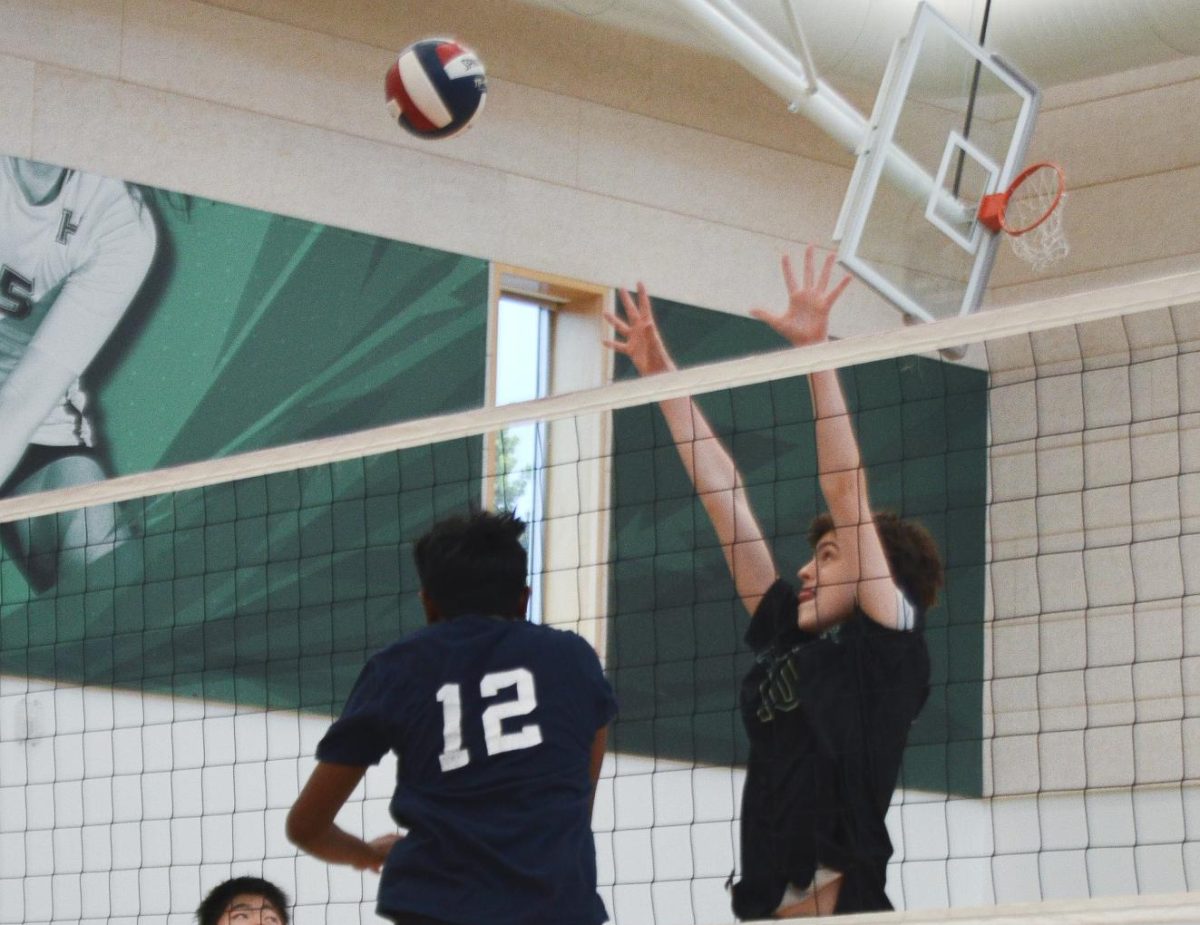
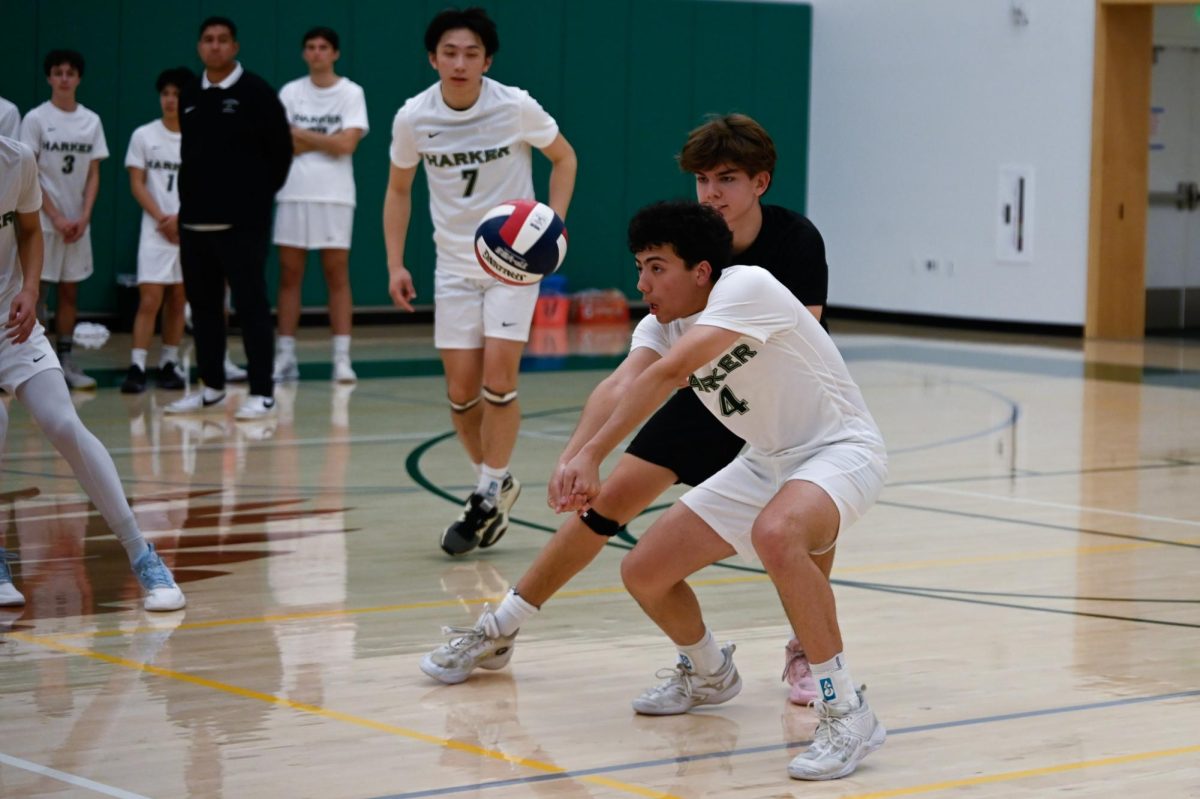




























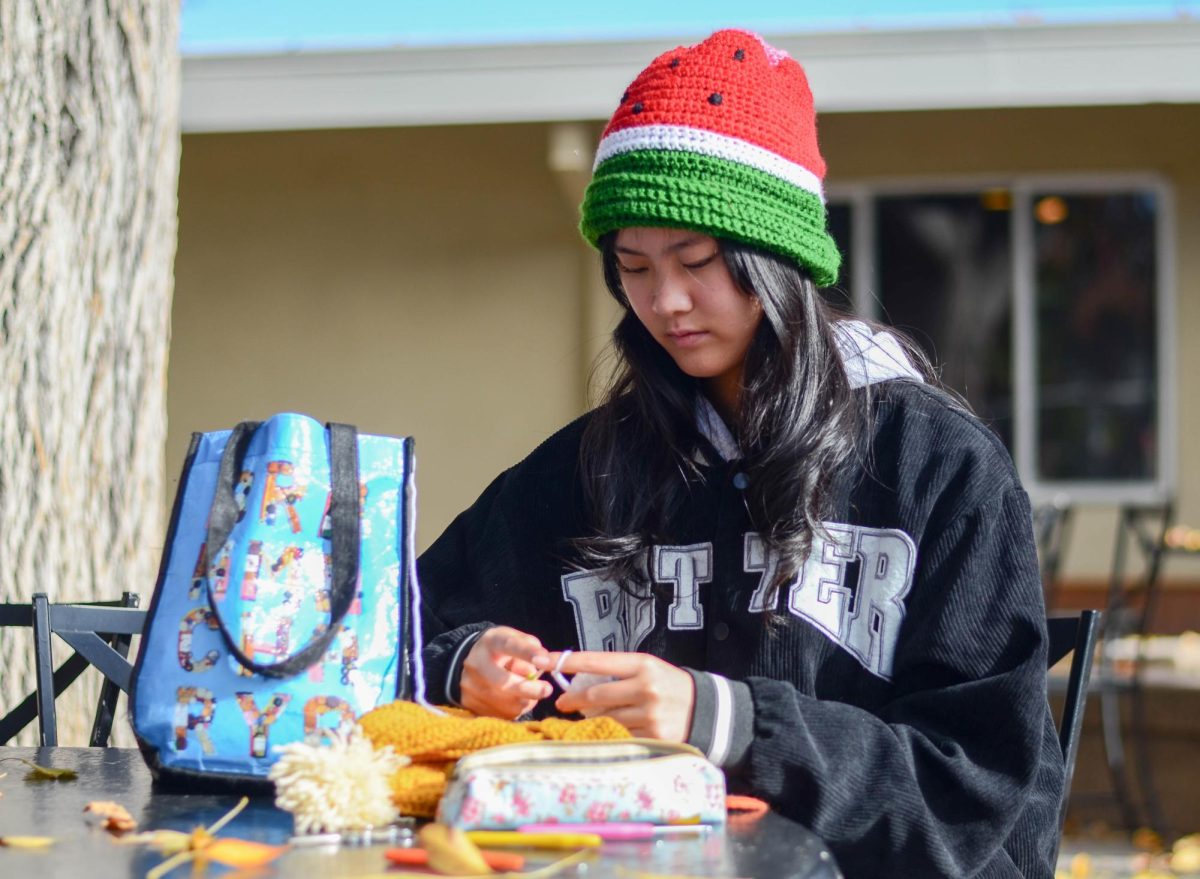
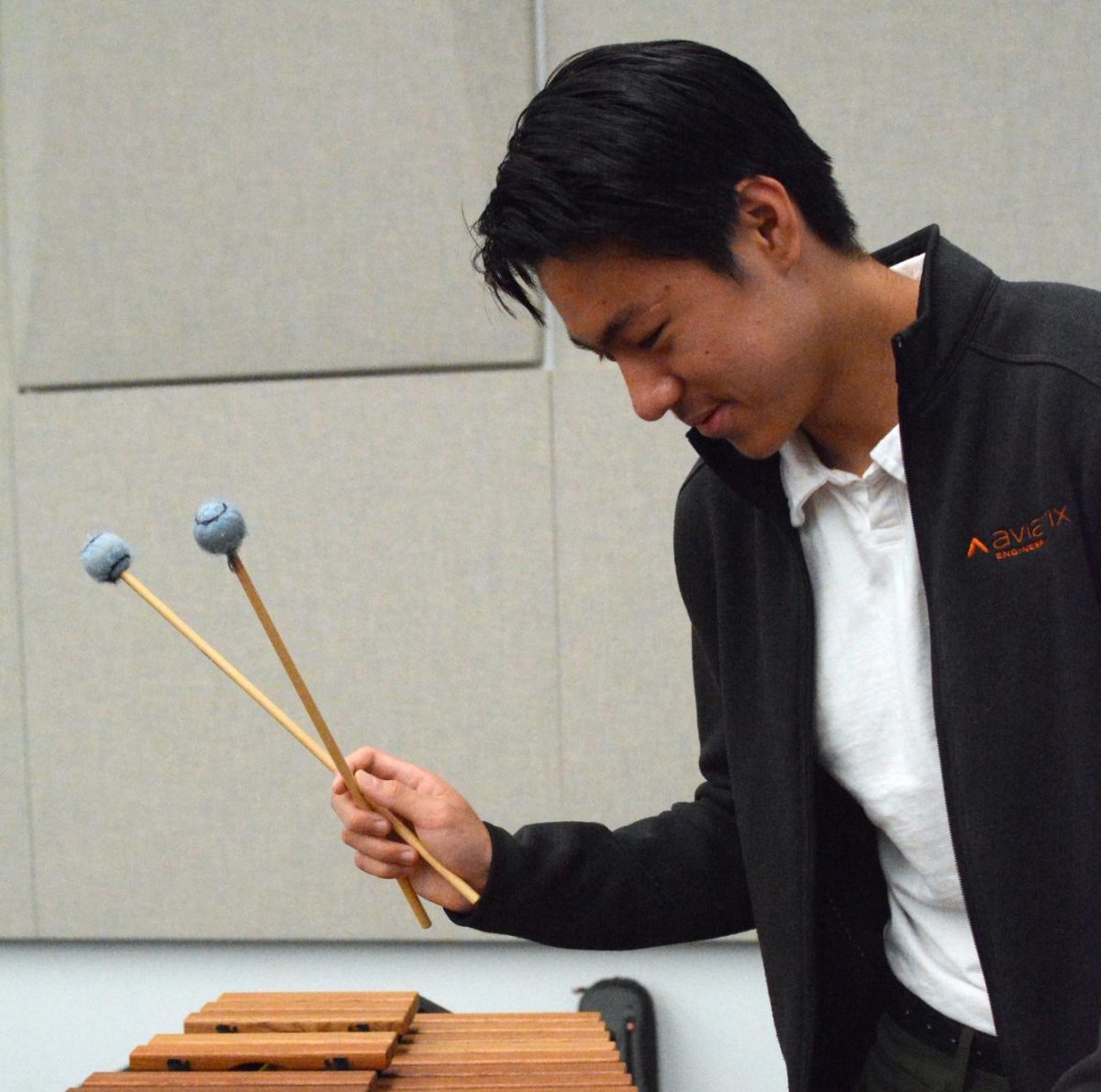

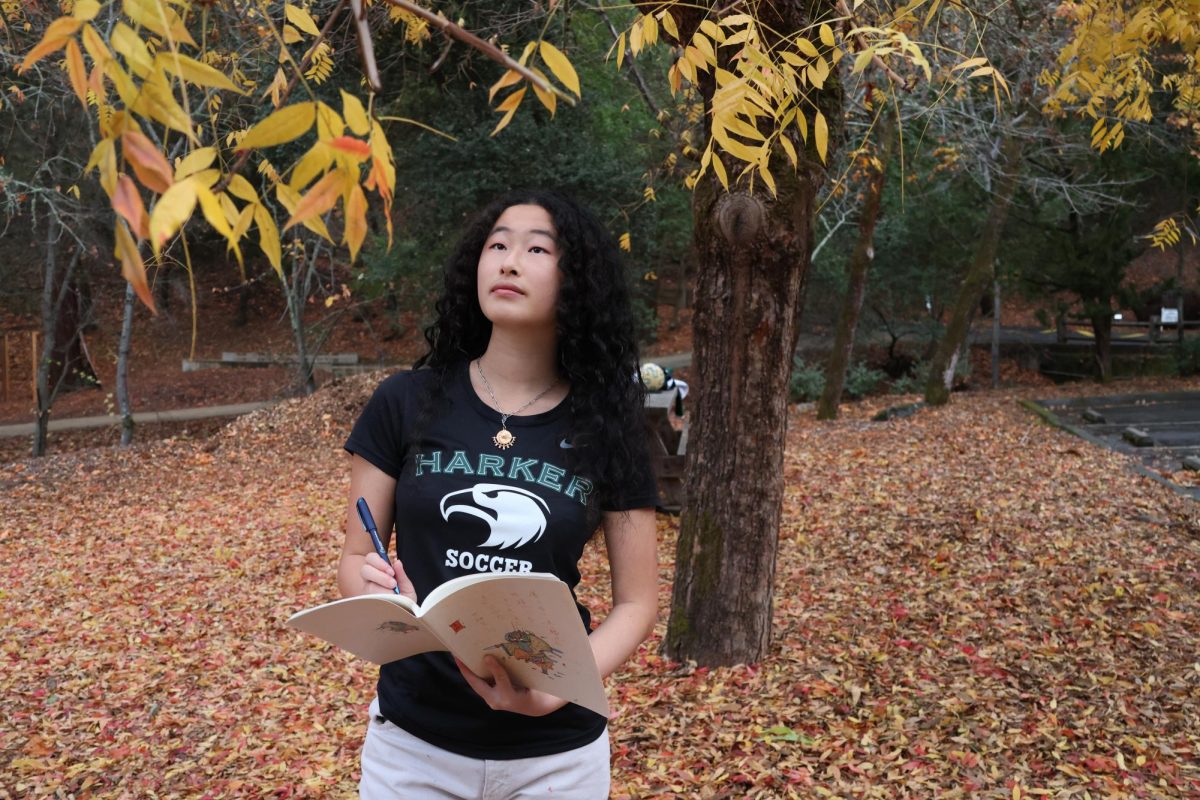










![“[Building nerf blasters] became this outlet of creativity for me that hasnt been matched by anything else. The process [of] making a build complete to your desire is such a painstakingly difficult process, but Ive had to learn from [the skills needed from] soldering to proper painting. Theres so many different options for everything, if you think about it, it exists. The best part is [that] if it doesnt exist, you can build it yourself, Ishaan Parate said.](https://harkeraquila.com/wp-content/uploads/2022/08/DSC_8149-900x604.jpg)


![“Animation just clicked in a way. I had been interested in art, but that felt different. [Animation] felt like it had something behind it, whereas previous things felt surface level. I wasnt making that crazy of things, but just the process of doing it was much more enjoyable, Carter Chadwick (22) said.](https://harkeraquila.com/wp-content/uploads/2022/08/Screen-Shot-2022-08-16-at-9.44.08-AM-900x598.png)


![“When I came into high school, I was ready to be a follower. But DECA was a game changer for me. It helped me overcome my fear of public speaking, and its played such a major role in who Ive become today. To be able to successfully lead a chapter of 150 students, an officer team and be one of the upperclassmen I once really admired is something Im [really] proud of,” Anvitha Tummala (21) said.](https://harkeraquila.com/wp-content/uploads/2021/07/Screen-Shot-2021-07-25-at-9.50.05-AM-900x594.png)



![“[Volleyball has] taught me how to fall correctly, and another thing it taught is that you don’t have to be the best at something to be good at it. If you just hit the ball in a smart way, then it still scores points and you’re good at it. You could be a background player and still make a much bigger impact on the team than you would think,” Anya Gert (’20) said.](https://harkeraquila.com/wp-content/uploads/2020/06/AnnaGert_JinTuan_HoHPhotoEdited-600x900.jpeg)

![“Im not nearly there yet, but [my confidence has] definitely been getting better since I was pretty shy and timid coming into Harker my freshman year. I know that theres a lot of people that are really confident in what they do, and I really admire them. Everyones so driven and that has really pushed me to kind of try to find my own place in high school and be more confident,” Alyssa Huang (’20) said.](https://harkeraquila.com/wp-content/uploads/2020/06/AlyssaHuang_EmilyChen_HoHPhoto-900x749.jpeg)













![“My slogan is ‘slow feet, don’t eat, and I’m hungry.’ You need to run fast to get where you are–you arent going to get those championships if you arent fast,” Angel Cervantes (12) said. “I want to do well in school on my tests and in track and win championships for my team. I live by that, [and] I can do that anywhere: in the classroom or on the field.”](https://harkeraquila.com/wp-content/uploads/2018/06/DSC5146-900x601.jpg)

![“I think getting up in the morning and having a sense of purpose [is exciting]. I think without a certain amount of drive, life is kind of obsolete and mundane, and I think having that every single day is what makes each day unique and kind of makes life exciting,” Neymika Jain (12) said.](https://harkeraquila.com/wp-content/uploads/2017/06/Screen-Shot-2017-06-03-at-4.54.16-PM.png)







